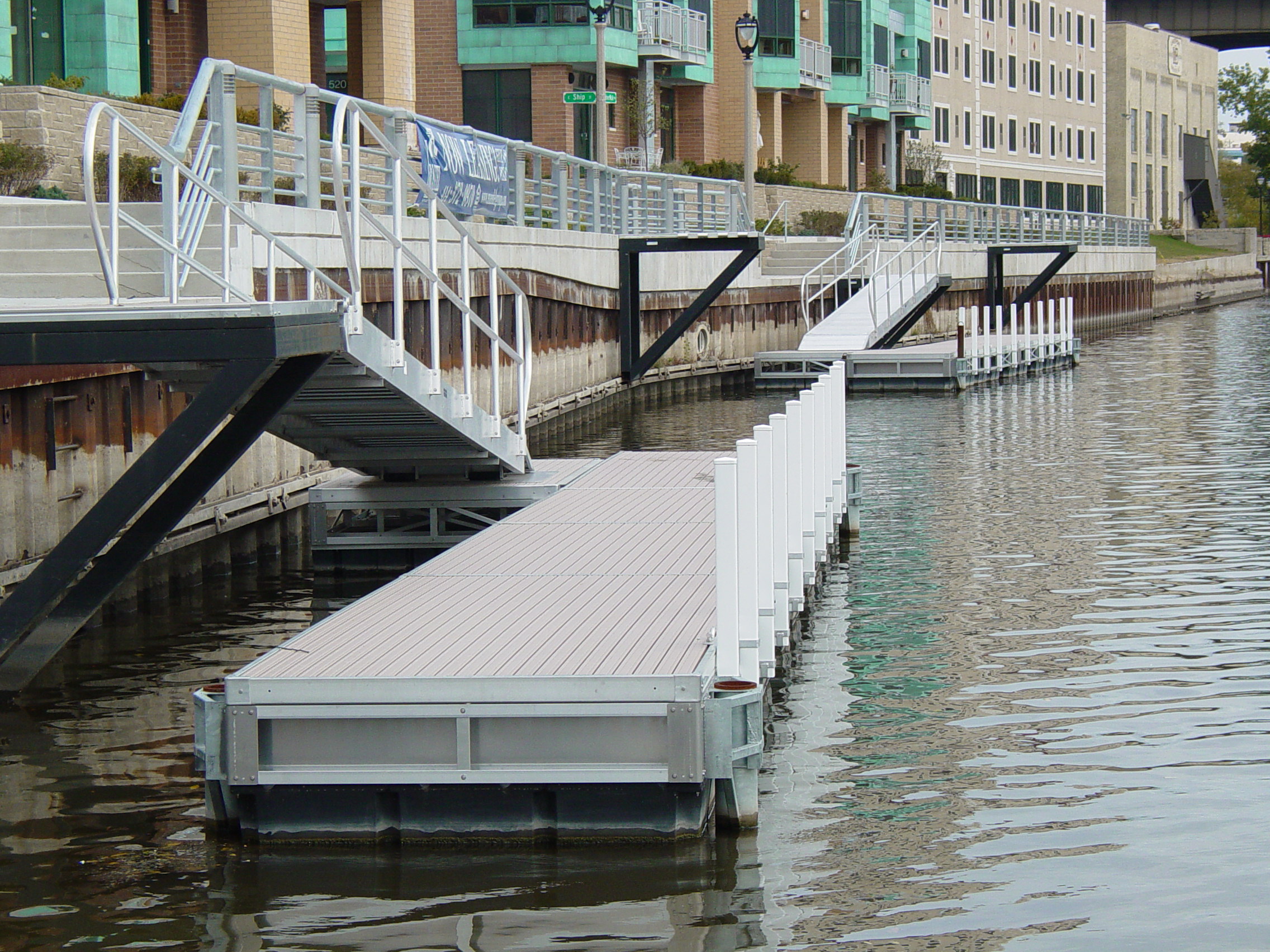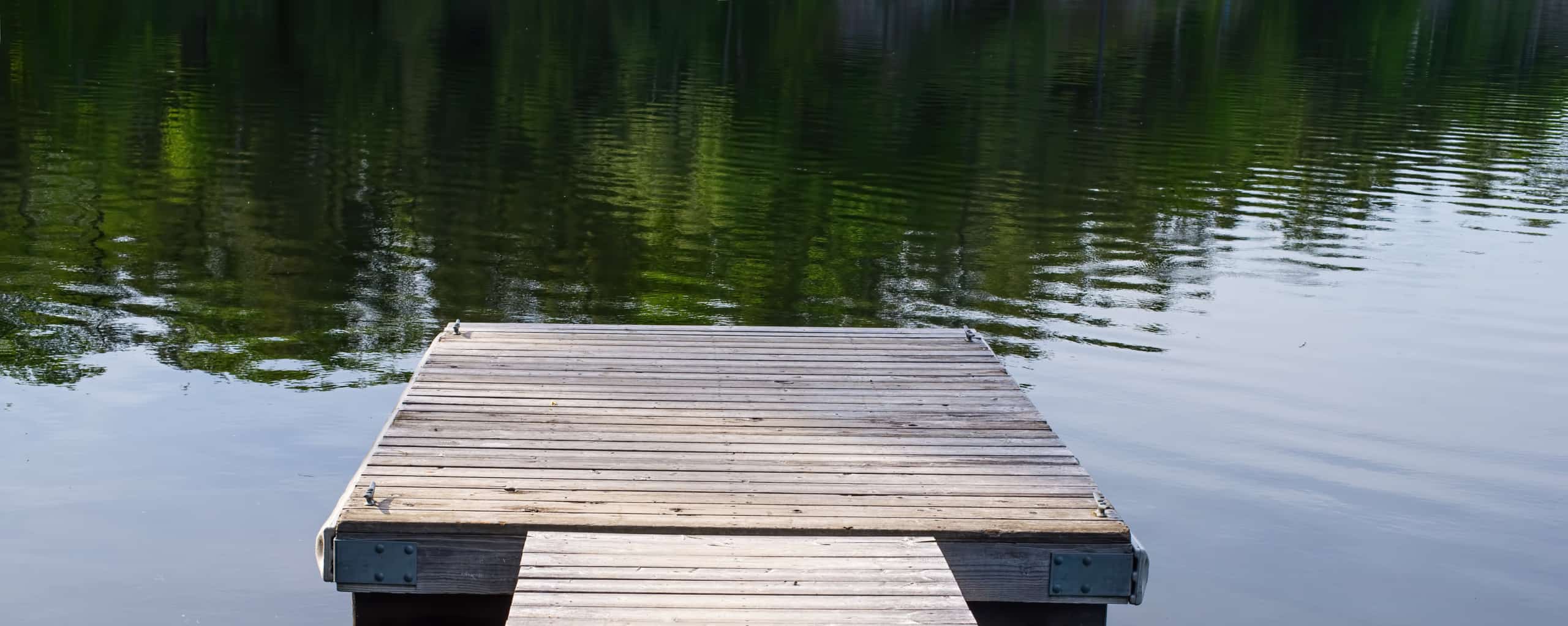Crafting Customized Solutions: Why a Floating Dock Builder is Necessary for Distinct Demands
Crafting Customized Solutions: Why a Floating Dock Builder is Necessary for Distinct Demands
Blog Article
Create the Perfect Docking Solution With Floating Docks
Floating docks present a flexible option for a selection of maritime demands, adapting effortlessly to rising and fall water degrees and varied vessel types. Their modular nature enables fast setup and relocation, yet the option of appropriate products and style features is important for making sure both functionality and aesthetic charm. As we discover the vital aspects that contribute to the performance of floating docks, a number of crucial elements pertaining to security and upkeep will certainly arise, questioning regarding exactly how to maximize your docking experience. The subsequent conversation will brighten these crucial factors to consider.

Benefits of Floating Docks
Floating docks offer many benefits that make them an excellent selection for various maritime applications. Unlike repaired docks, floating docks rise and loss with the tide, making sure consistent availability for vessels.
In addition, floating docks are generally easier and quicker to install contrasted to standard set structures. Their modular design permits for uncomplicated setting up and disassembly, promoting upkeep and moving when essential. This adaptability is especially advantageous for short-lived applications or in settings where conditions might transform.
Floating docks additionally tend to be much more eco-friendly, as they reduce interruption to the seabed and bordering aquatic communities. Their resilient nature lowers the risk of damages to marine life, advertising a healthier atmosphere. Furthermore, these docks can be tailored to fit different vessel sizes, making sure that they satisfy particular functional demands - dock company.
Eventually, the mix of flexibility, simplicity of installation, and ecological considerations makes floating docks an extremely efficient solution for a wide variety of maritime requirements.
Selecting the Right Products
Selecting the proper products for floating docks is critical to make sure long life, security, and durability. The selection of materials directly affects the dock's efficiency in various ecological problems, including exposure to water, sunshine, and possible wear from aquatic traffic.
Common materials made use of for floating docks include light weight aluminum, wood, and high-density polyethylene (HDPE) Light weight aluminum is lightweight, corrosion-resistant, and calls for very little upkeep, making it an outstanding option for durability. Nonetheless, its preliminary cost can be greater contrasted to other materials.
Wood, while visually enticing and supplying a standard look, can be at risk to rot and insect damage if not appropriately treated. Making use of pressure-treated wood or normally resilient types like cedar or redwood can minimize these problems.
HDPE is a prominent selection because of its resistance to UV rays and chemicals, in addition to being eco-friendly. floating dock builder. It is light-weight and available in various colors, enabling customization
Ultimately, the ideal material choice will certainly depend upon particular requirements, including budget plan, wanted aesthetics, and ecological considerations. Cautious assessment of these factors will result in a successful and durable floating dock solution.
Style Considerations for Stability
When developing floating docks, making sure security is a fundamental facet that can considerably impact their performance and safety. Security in floating dock layout is affected by different elements, including buoyancy, weight circulation, and the plan of parts. An optimal buoyancy system must utilize materials that offer adequate lift while decreasing weight. This equilibrium guarantees that the dock remains above water, weblink also under differing tons.
Weight circulation is important; uniformly dispersing lots throughout the dock prevents turning and improves stability. This can be attained via tactical positioning of docking tools, such as fenders and cleats, in addition to correct spacing of drifts. Additionally, the measurements of the dock ought to be thoughtfully prepared. Broader styles can use enhanced security, especially in harsh water conditions, while longer docks may require additional assistances to prevent sagging.
Another key consideration is the environmental impact, including wave activity and wind. Integrating attributes such as sidewalls or skirting can assist alleviate the effects of environmental forces, keeping stability in adverse problems. Eventually, a mix of thoughtful style, material choice, and understanding of environmental aspects will certainly generate a drifting dock that satisfies both stability and safety demands.
Installment Tips and Methods

Next, protect the needed permits and stick to neighborhood guidelines, which might dictate installment techniques and ecological factors to consider. If required, engage a qualified professional experienced in floating dock setups. Usage high-grade materials developed for marine atmospheres to boost longevity and longevity.
When placing the dock, align it identical to the coastline to facilitate simple access. Guarantee that the anchoring system is robust, employing concrete blocks or helical supports to support the dock versus wind and wave action. It's vital to make up seasonal water degree changes, consisting of prospective ice motion in cooler climates.
Throughout the installment, verify the dock's floatation and security prior to completing the anchoring. Consistently examine the setup for any type of indicators of wear or damages. By following these ideas and techniques, you can achieve a safe, practical, and cosmetically pleasing floating dock setup that satisfies your needs.
Maintenance and Care Standards
Caring and keeping for floating docks is important to lengthening their life expectancy and ensuring risk-free use. Routine assessments should be carried out to recognize any kind of indicators of wear, damages, or marine development. Try to find cracks, loosened installations, or stained areas on the dock's surface, as these concerns can jeopardize architectural stability.
Cleansing is essential. Make use of a pressure washing machine to remove algae, barnacles, and debris, which can build up with time. For stubborn growth, think about eco-friendly cleansing agents that will not hurt marine life.
Furthermore, inspect the mooring lines and anchors regularly to guarantee they are safe and secure and totally free from deterioration. Change any kind of torn or damaged lines immediately to maintain security.
Throughout extreme weather condition, such as tornados or freezing problems, take precautionary measures. Protect the dock with added mooring lines and, if feasible, get rid of any removable components to avoid damage.
Verdict
In verdict, the implementation of floating docks provides a efficient and versatile docking solution suitable for different maritime best site applications. With appropriate setup and normal upkeep, floating docks can give trusted and reliable docking experiences for a large array of vessels.
As we explore the essential elements that contribute to the performance of floating docks, numerous vital elements concerning security and maintenance will emerge, raising concerns regarding how to maximize your docking experience. Unlike taken care of docks, floating docks rise and fall with the tide, making certain regular availability for vessels.When developing floating docks, ensuring security is an essential aspect that can significantly affect their performance and safety. Stability in floating dock layout is affected by various factors, including buoyancy, weight circulation, and the plan of components. Inevitably, a combination of thoughtful layout, material choice, and understanding of ecological factors will certainly generate a floating dock that fulfills both stability and security needs.
Report this page